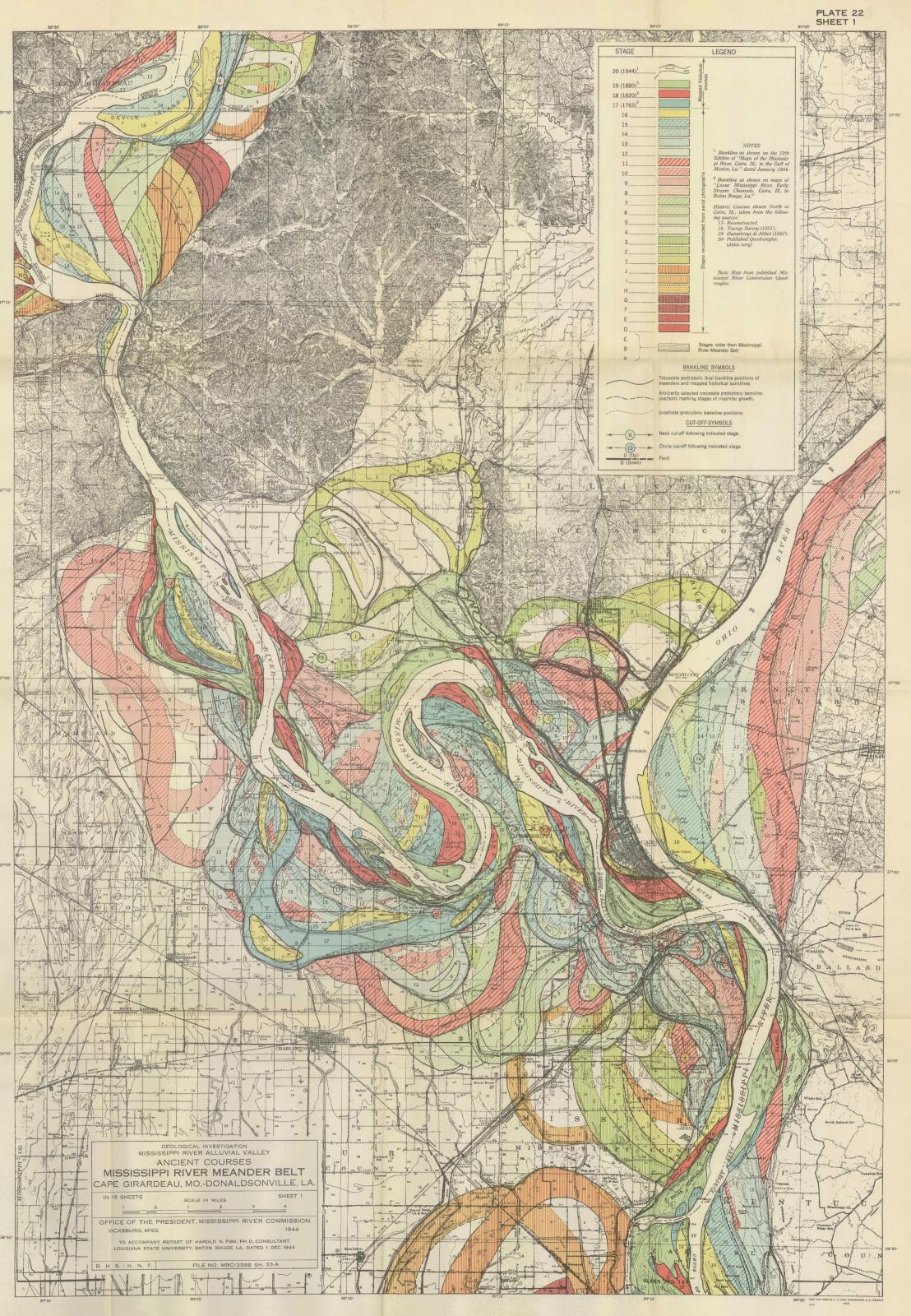Accumulation / The Ocean Rewrites the Sky
Mark Zurolo
In 1977, the same year Voyager 2 was launched at Cape Canaveral, Shaun Cassidy released “Born Late”, a quick follow-up to his successful self-titled debut album, “Shaun Cassidy”. His debut had spun out pop-rock tunes like “Da Doo Ron Ron”, and “Hey There Lonely Girl”. “Born Late” was a modest reprisal of the same beats and tempos, but lacked the luster of that first album even with songs as enticingly titled as “Do You Believe in Magic?”. My sister had both albums. The orange slab serif type over neon green stripes of the “Shaun Cassidy” LP appealed to me, years before I’d learn what “slab serif” meant, much more than the minimal white condensed art nouveau type of “Born Late”. Perhaps it was for this reason that it was the cover of the “Born Late” LP that I casually “rewrote” in 1978. Despite my single digit age at the time, I must have concluded that Cassidy’s nose wasn’t quite right on that LP cover, so I edited it. And then erased the edit and discovered that erasing removed the edit and the image. So I erased some more hoping, like in some pre-digital dream, that erasing more would actually restore what had been previously erased. And I kept erasing until all that remained of his nose was a big, white smudge. I re-drew his nose and remember vividly how proud I was at a job I’d thought was done so admirably well that my sister would never notice. She doesn’t recall the incident but has assured me she was probably super angry with me.
There was an obvious permanence to my rewrite of “Born Late”. But it’s the ephemeral continuity of “rewrite” that most interests me. Our environments are constantly being rewritten. Winds rewrite the dunes. Rivers rewrite the valleys. Oceans rewrite the coastlines. Clouds rewrite the sky. Over and over again. Rewrite on endlessly geologic terms. Climate change might be considered a “rewrite” — after all one must concede it’s entirely possible for rewrites to not yield promising results. Harold Fisk’s map of the Alluvial Valley of the lower Mississippi river has been a critical visual in my approach to this theme. The collected re-directions in one single map reveal the meandering flow of the Mississippi via an accumulated graphic volume grounded in a geographic language.
My objectives for both DesignInquiry locations will pursue two visual studies, both exploring the idea of rewrite via a process of “accumulation” as rendered in Fisk’s map of the Mississippi. The first is a screen printing study. Using a traditional and simple screen printing technique called “floating stencils” I will print a succession of translucent white inked compositions on toned paper that accumulate in shape and form over an edition of 25-50 prints, with 2-3 layers of accumulation per day. I’m interested in exploring the notion of “rewrite” through an accumulation of form, allowing the final form to be able to reveal the layers below, similar to the way information is revealed in long layered ice core samples. I will be able to transport a simple and modest screen printing set-up with which to produce the edition.
The second study uses the sky as a palette. Inspired by my title for this experience, “The Ocean Rewrites the Sky” I will capture a week long time-lapse sequence of the changing sky above the Vinalhaven horizon. During the Devon Rewrite I will use traditional rotoscoping techniques to “rewrite” each frame and re-photograph each one for a “rewritten” motion design. The same photographic process will be repeated at DesignInquiry/Devon with the Devon frames following the same rotoscope process and then be merged with those from Vinalhaven. The work of Jimmy Turrell and Jeff Scher inspire this process.
